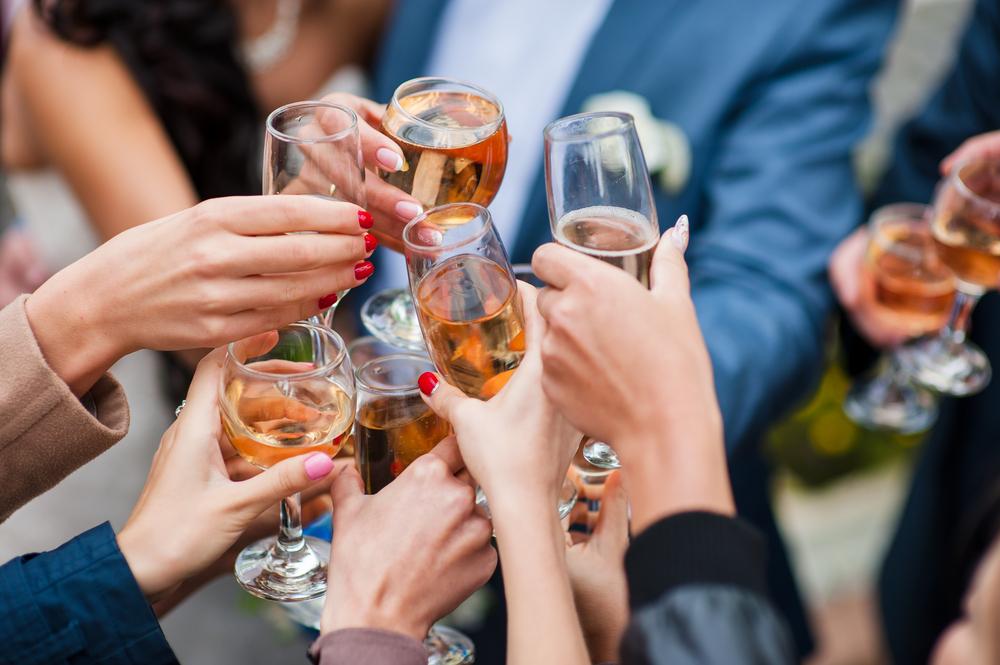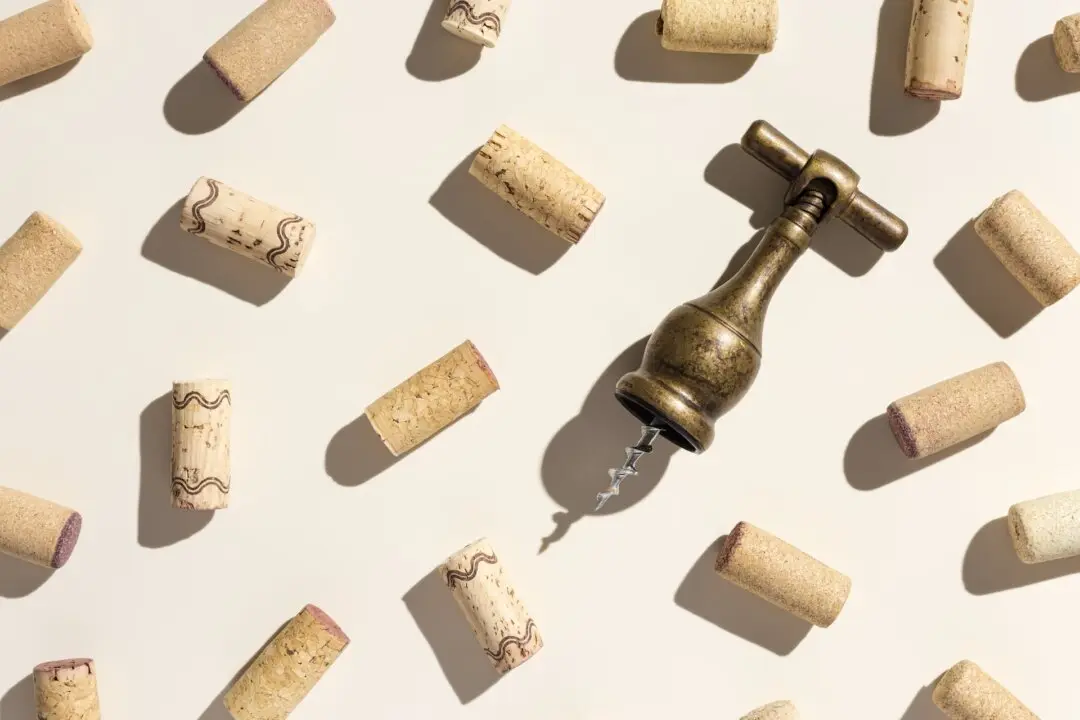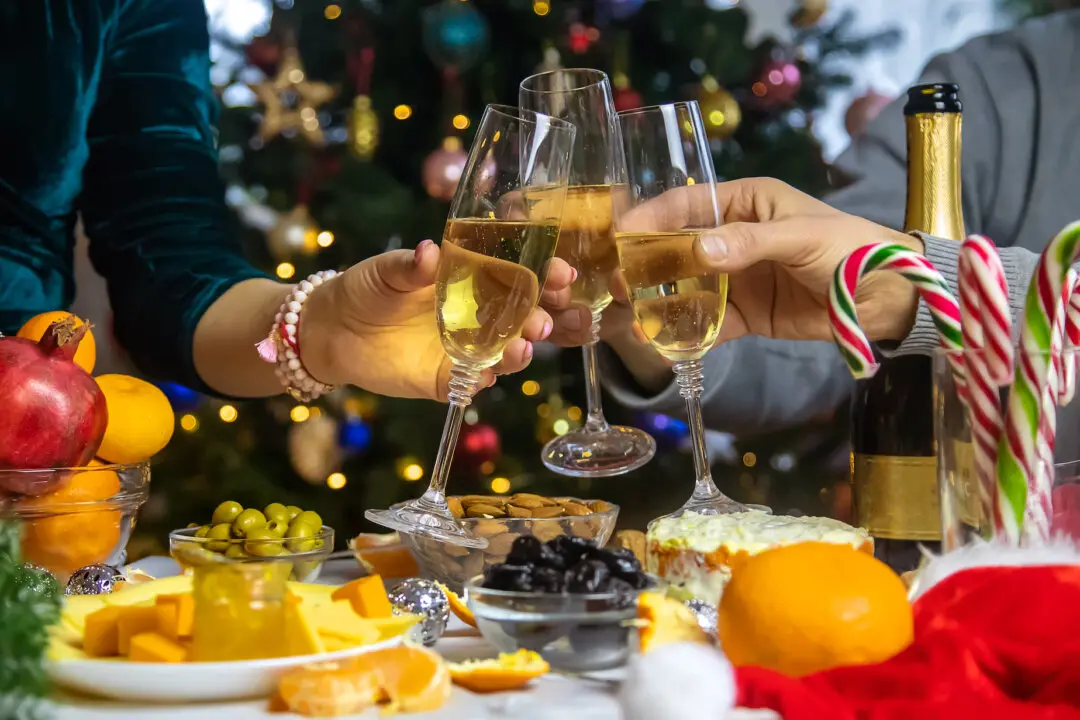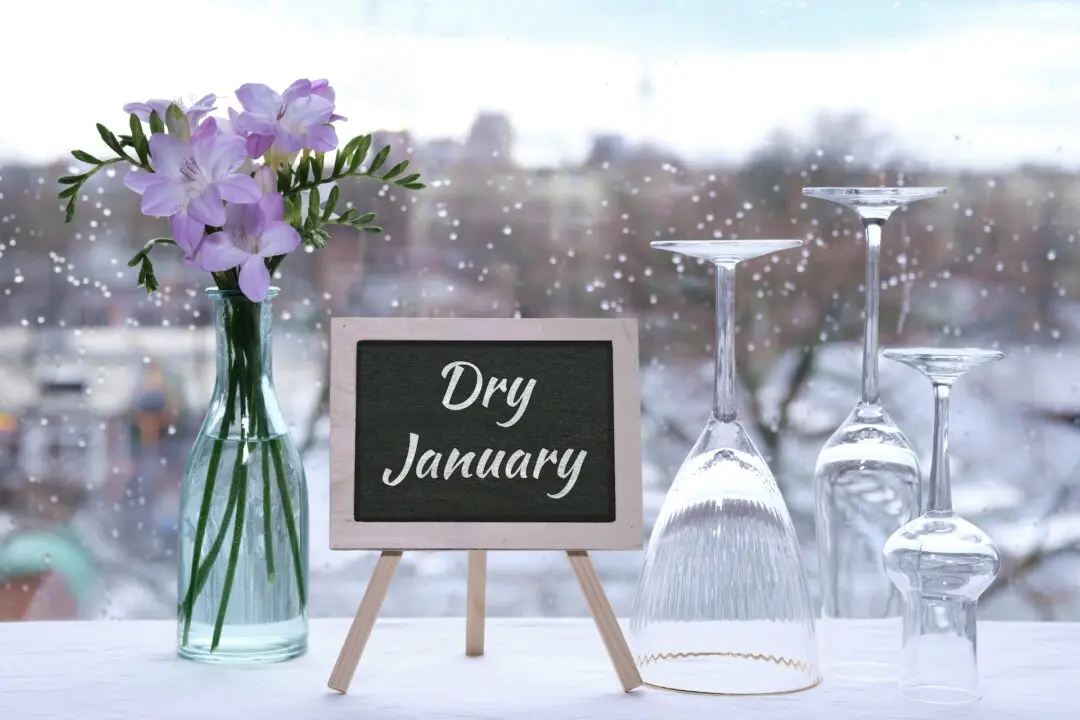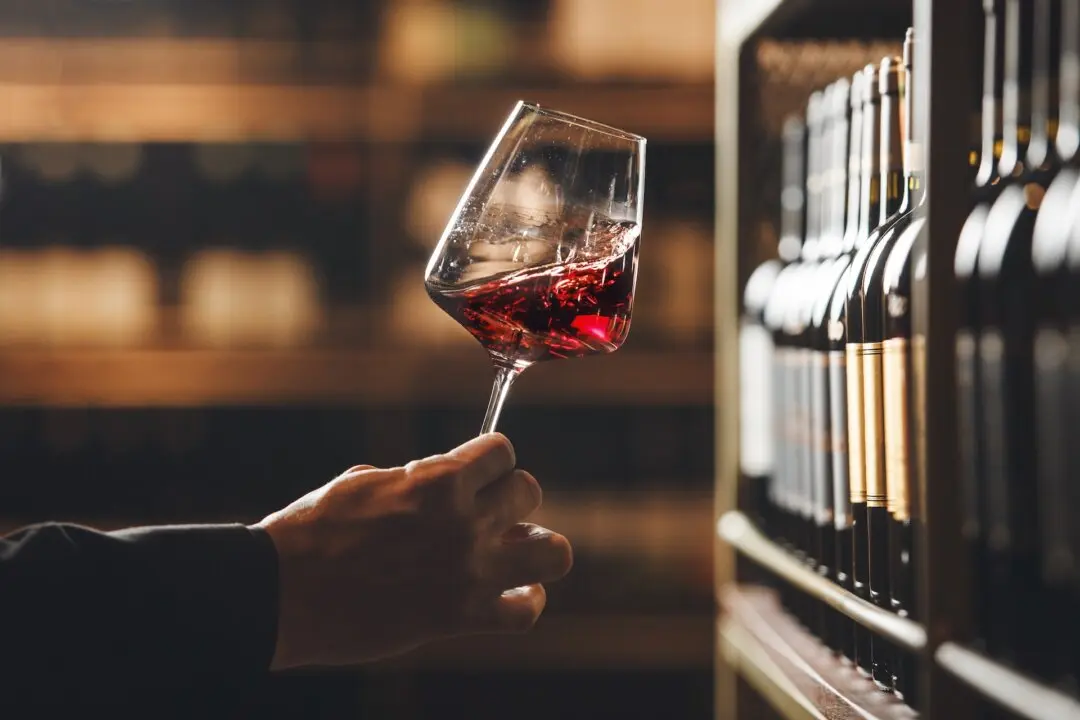Year-end parties usually are liquid-y, so even before we reach the height of the celebratory season, which includes Christmas and New Year’s Eve, a bit of planning may avoid hangovers—and could well be a life-saving tactic.
The suggestions that follow may sound like wet-blanket advice, but anyone who has ever suffered the worst after-effects of a night of boozing and regretted it knows what I’m talking about. A few precautions can do wonders.

